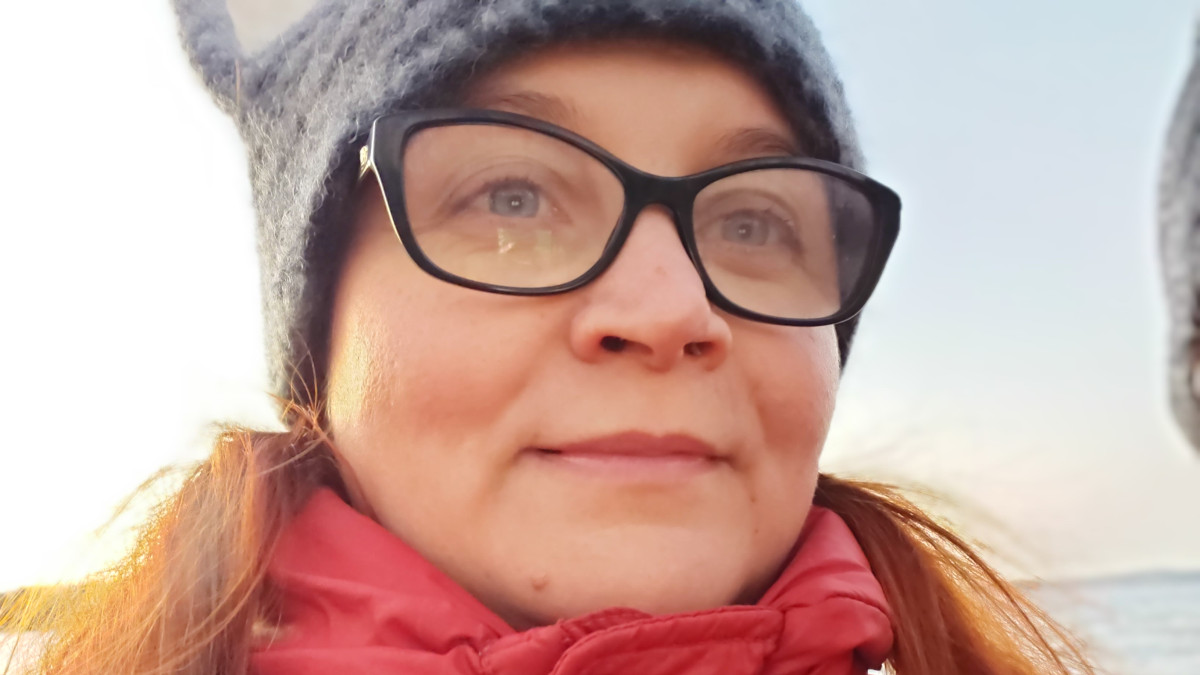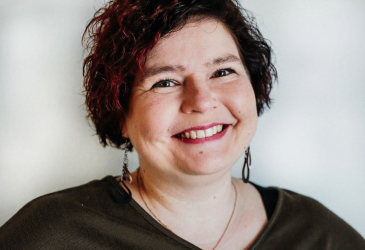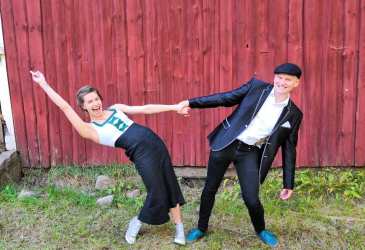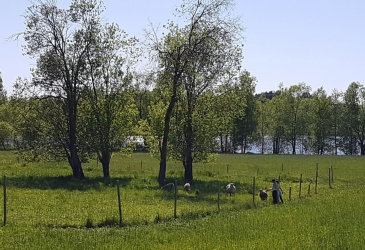
- Environmental protection
- Health surveillance
- Animals
- Decision
- Online transaction
- Contact us

Parikkalainen Heli Heikkonen climate issues are important in the family.
In the family, a lot of attention is paid to diet.
The weak eat meat. Meat that ends up on plates Domestic meat produced in an environmentally friendly manner. Heikkonen buys organic, locally produced or self-hunted meat when it is possible to get it.
—The WWF has a list of meats that have received the green light from them and are the best for nature. The list includes organic and pastured meat from cattle and sheep, says Heikkonen.
Grazing has a positive effect on biodiversity, which is also threatened by climate change. In addition, grazing improves animal welfare.
—In my work as a veterinarian, I see very closely what meat production can be like at its best: animals can graze and meat production can also be environmentally friendly. Grazing is of great importance. Farmers in general are important actors in climate matters, which we should all remember.
In addition to nature-friendly meat, the Heikkonen family also prefers vegetables, especially domestic ones and those produced nearby.
—For example, traditional cabbage and potato are really good ingredients. Our rice has changed to barley flour.
Lake fish is also a good raw material. Several easy-to-use lake fish products have recently entered the shops, Heikkonen advises.
He hopes that people would prefer local food more than they currently do. Municipalities could also emphasize raw materials produced nearby in their purchases.
—Supporting organic and local meat also affects animal welfare.
The detached house in Parikkala is heated by geothermal heat. The heating method has been in use for six years. Experiences are only good.
—Before, we used 4000 liters of fuel oil. The change is so big that it can be seen not only in the carbon footprint, but also in the wallet, says Heikkonen.
In addition to the form of heating, the Heikkonen family has also taken climate issues into account. Flying has almost completely stopped even before the corona era, and the car is filled with biodiesel whenever possible.
—The nearest biodiesel filling stations are in Lappeenranta and Joensuu, so unfortunately it is not possible very often. We have also thought about the possibility of an electric car, but it is not an option for us. Because of my job, I have to be able to drive a car for long distances at a time. We could consider a gas car if there were more gas stations also in the countryside.
The corona era has also increased remote work for veterinarians: paperwork can be handled at home instead of at the reception. This, in turn, reduces driving kilometers.
This fall, Heikkonen joined Hinkua in South Karelia! - to the rural climate pioneers of the project. Visitors to Climate Action get tips from the project to reduce their own carbon footprint. The network also has the opportunity to share experiences and operating methods that have been found to be good.
Go to South Karelia! - project carried out by Imatra and Lappeenranta's regional environmental activities.
The goal is to find active people among rural residents to try out new lifestyles that take the climate into account in their everyday life. The project is financed by the ELY Center of Southeast Finland from the European Agricultural Fund for Rural Development and the state's share. The project's budget is €350. The project period is 000 March 1.3.2020 – 31.12.2022 December XNUMX.

Tiitto is one of the Hinkua in South Karelia! - about the rural climate pioneers of the project.

Laura Sivonen and Miika Heiniluoto from Taipalsaari became climate pioneers this autumn. As climate advocates, they get tips and

During the years 2020-2022, good practices will be sought in the countryside of South Karelia to promote low-carbon activities. The project is implemented by Imatra